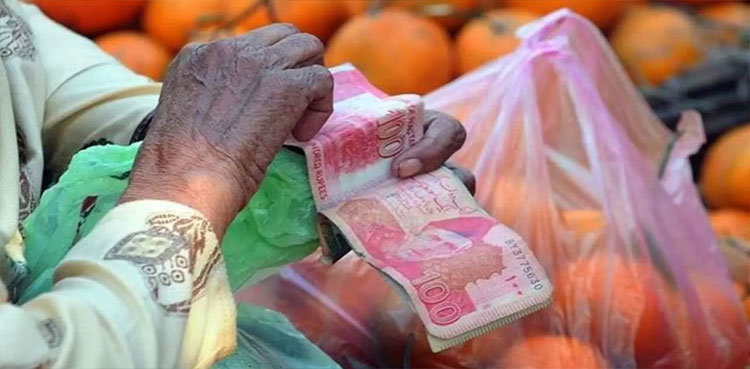The intention of the State Bank of Pakistan (SBP) is to tame the raging inflation but for the market circles it has come as a tough blow as the cost of doing business would certainly go up because of this increase.
It may be noticed that the increase of 100 basis points that has taken up the interest rate to 16 percent rated to be a 24-year high of 16 percent after maintaining the status quo in its last two monetary policy committee meetings in August and October, is a step that is in line with the instructions conveyed by the IMF.
This increase has taken the market by surprise as few expected it to boost the borrowing cost, especially with the incumbent finance minister who always speaks in favour of low interest rates and goes out of the way to ensure a strong rupee.
This policy pursued by the financial managers is the obvious outcome of the pressures exerted by the IMF that has twice postponed parleys regarding review of its ninth programme performance that has resulted in delay caused in disbursement of $1.8 billion tranche that is badly required by Pakistani exchequer in wake of the drastic reduction in the country’s foreign exchange reserves.
It is observed that the IMF is showing reluctance as Pakistan is demurring in implementing the agreements agreed between them. This is a tricky situation as Pakistani policy makers are badly stuck with the cost of rehabilitation and reconstruction required after the horrendous floods experienced by the country.

The official financial managers are insisting that the increase in interest rate is required to be viewed in the backdrop of the fact that faced with an unprecedented external crisis over diminishing foreign exchange reserves and drying dollar inflows, as well as a weakening fiscal position, the government has failed to contain inflation and domestic demand, in spite of severely restricting imports.
Consequently, the rupee has weakened despite the narrowing of current account badly affecting the economic cycle. It is widely known that negative interest rates are a major reason for soaring prices and a weakening rupee.
Moreover, global and domestic supply shocks, which are raising costs amid the economic slowdown, are spilling over into broader prices and wages, driving cost-push inflation.
The hike in borrowing costs should not only target inflation, currently led by negative real interest rates but also send a strong signal to the government to change its reckless fiscal course and control its spending.
The financial managers also mention that monetary tightening alone cannot contain inflation that has devastated millions of households over the last few years and it is essential that fiscal authorities must play their part and, in this context, the SBP has stressed maintaining fiscal discipline to complement monetary tightening, which would together help prevent an entrenchment of inflation and lower external vulnerabilities.
If fiscal slippages continue, the SBP would be well advised to hike the rates more aggressively as it would be the only option they will have.
The central bank’s decision was unexpected as a number of analysts and economists said it was expected to keep the main policy rate unchanged at 15 percent in its monetary policy announcement.
Most financial analysts were of the opinion that the SBP would maintain the prevailing rates and many analysts also pointed out that a slowdown in economic activity had begun and inflation, which has been at a decades-high level in the past few months, would be trending down.

In October, headline inflation clocked in at 26.6 per cent from a year earlier, reversing the trend witnessed in September when the consumer price index rose 23.2 percent, slowing from a four-decade high of 27.3 per cent in August.
Before the current rise, the central bank raised interest rates by 525 basis points this year, with the last increase of 125 bps coming in July ncrease of 125 bps coming in July. Since then, the SBP maintained rates in two monetary policy meetings despite no arrest in inflation.
On the other hand, the private sector is already hard-pressed by multiple economic challenges mainly massive rupee-dollar fluctuation and severe energy shortages and for it the increase in interest rate is yet another devastating blow that would play havoc with the cost of doing business besides strongly hitting exports that are already under duress.
Business sector points out that now Pakistan has the highest interest rate in the region when compared to Malaysia’s 2.25 per cent, China’s 3.85 per cent, India’s 4.5 per cent and Bangladesh’s 5.5 per cent.
They also point out that after adding Kibor, the policy rate would swell to 18.50 percent and this borrowing rate is extremely harmful for business ventures.
The problem, however, is that the current trend is affecting medium-term inflation, financial stability and growth and it may not be possible to halt the rising interest rates.









